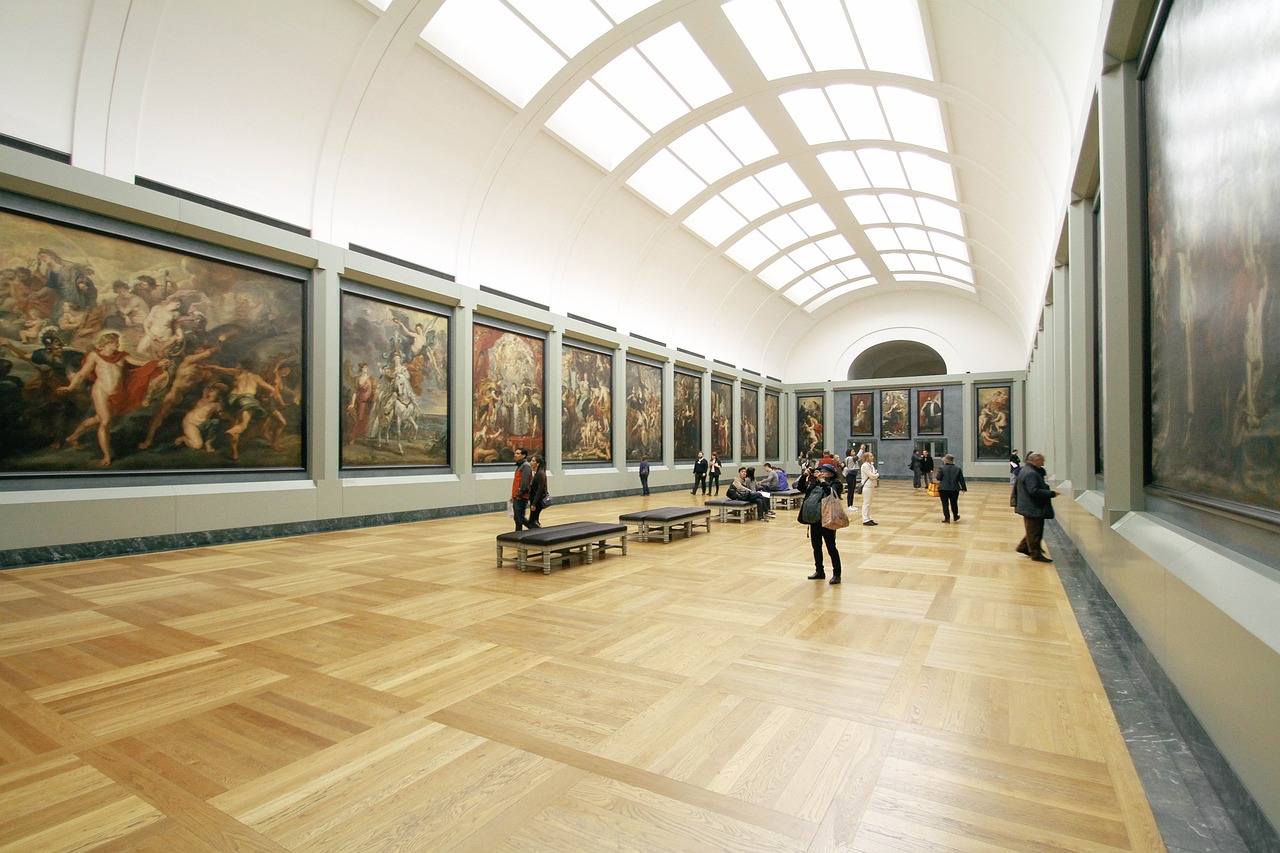The ability to communicate effectively in English is invaluable, especially for those pursuing creative fields like art. At NAES, we believe that learning English can significantly enhance artistic expression, allowing students to articulate their ideas and connect with a global audience.
The Role of English in the Arts
- Artistic Communication: Artists often need to explain their work, concepts, and techniques to diverse audiences. Proficiency in English enables artists to communicate their vision clearly, whether through artist statements, social media, or presentations.
- Access to Global Art Communities: English is the dominant language in the global art scene. By learning English, artists can engage with international communities, attend workshops, and participate in discussions that expand their horizons and influence.
- Understanding Art Criticism: Much of the literature and critique surrounding art is published in English. Learning the language helps students understand critical theories and perspectives, enriching their own artistic practice and appreciation.
Combining English and Art at NAES
- Integrated Curriculum: At NAES, we offer courses that intertwine English language learning with artistic exploration. Students can engage in projects that require them to use English creatively, such as writing art reviews, creating portfolios, or participating in group exhibitions.
- Workshops with Experts: We host workshops led by both English language instructors and professional artists. These sessions provide students with the opportunity to learn artistic techniques while practicing their English skills in a supportive environment.
- Creative Projects: Students can participate in projects that encourage them to express their thoughts and emotions through both art and language. For example, they might create visual art pieces accompanied by descriptive texts, enhancing their vocabulary and expressive capabilities.
The Benefits of This Approach
- Enhanced Creativity: Learning to express ideas in English can inspire students to think differently about their art. The challenge of articulating concepts in a second language fosters creativity and innovation.
- Increased Confidence: As students improve their English skills alongside their artistic abilities, they gain confidence in both areas. This dual growth encourages them to share their work more widely and engage with broader audiences.
- Cultural Exchange: Students who learn English in an artistic context can explore different cultures and artistic movements. This exposure enriches their understanding and appreciation of global art, influencing their own creative processes.
Combining English language learning with artistic expression creates a unique educational experience at NAES. Our approach not only enhances language skills but also nurtures creativity and cultural understanding.
Discover the transformative power of integrating English and art at NAES! Visit our courses page to learn more about our courses, workshops, and upcoming events. Join us in exploring the creative connection today!

